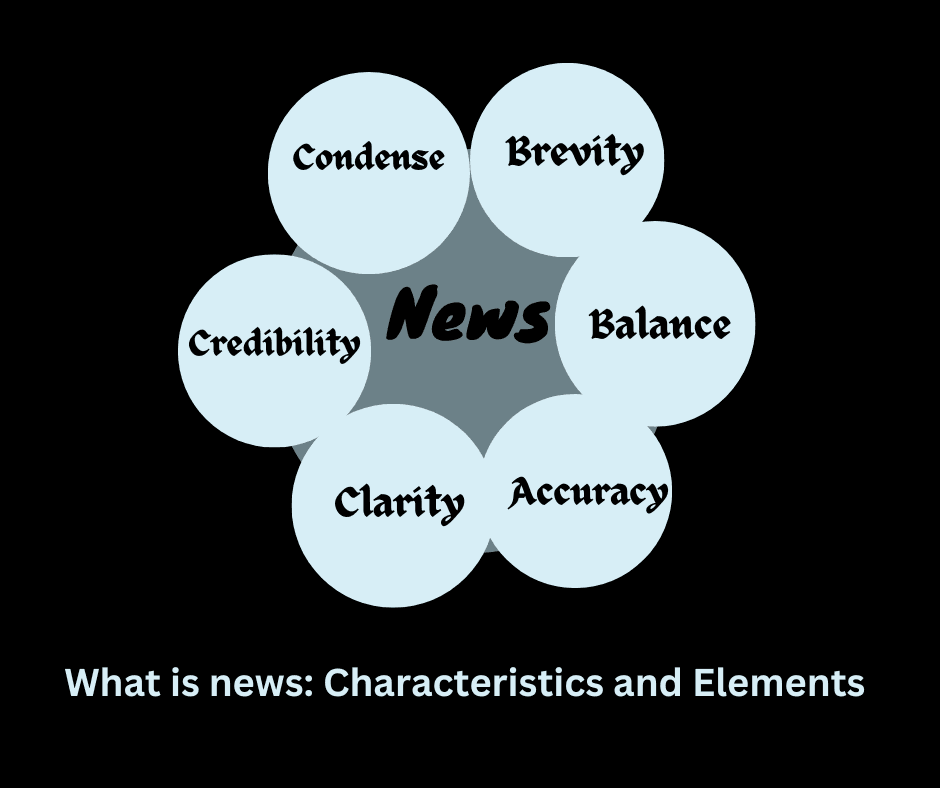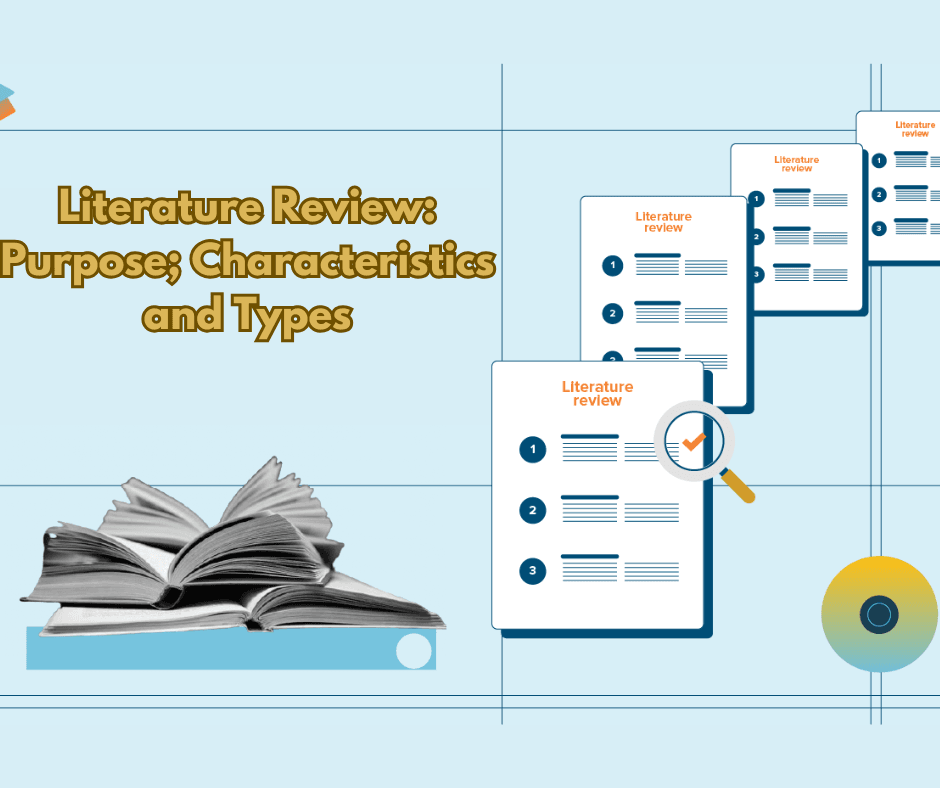What is news: Characteristics and Elements
When considered in terms of definition, news cannot be limited to any specific characteristics, criteria, or structure. Due to various limitations, it isn’t easy to define news universally. However, news must be people-centered, based on people’s needs and interests. In a word, the news describes some events that are new, exceptional, unusual, and attract the […]









